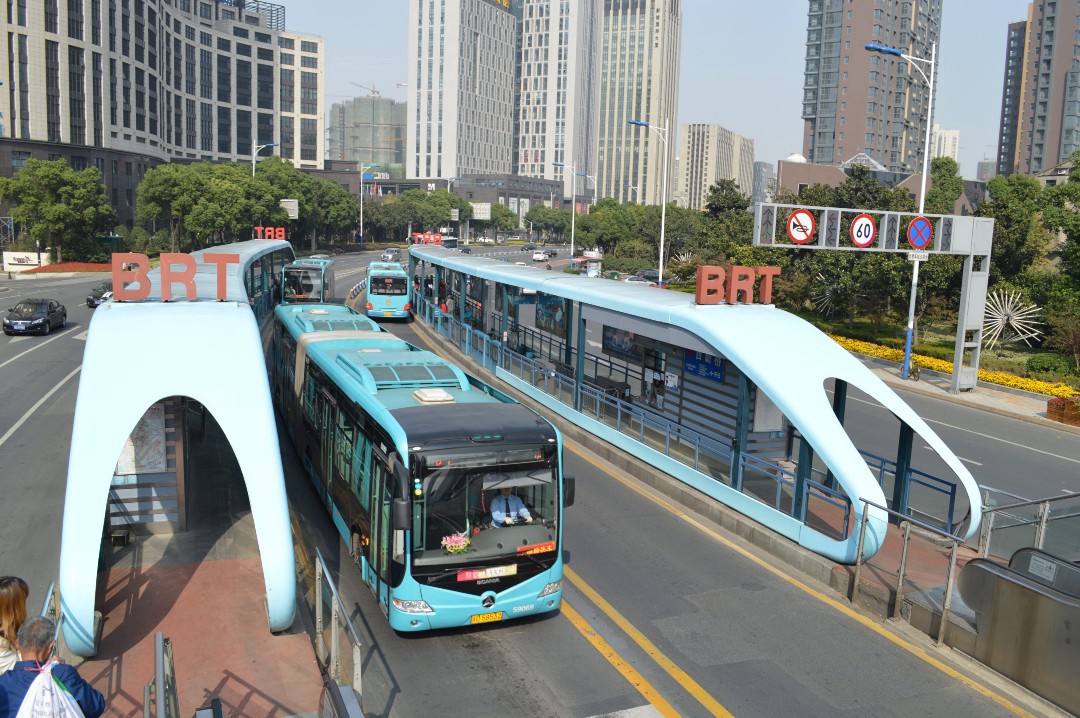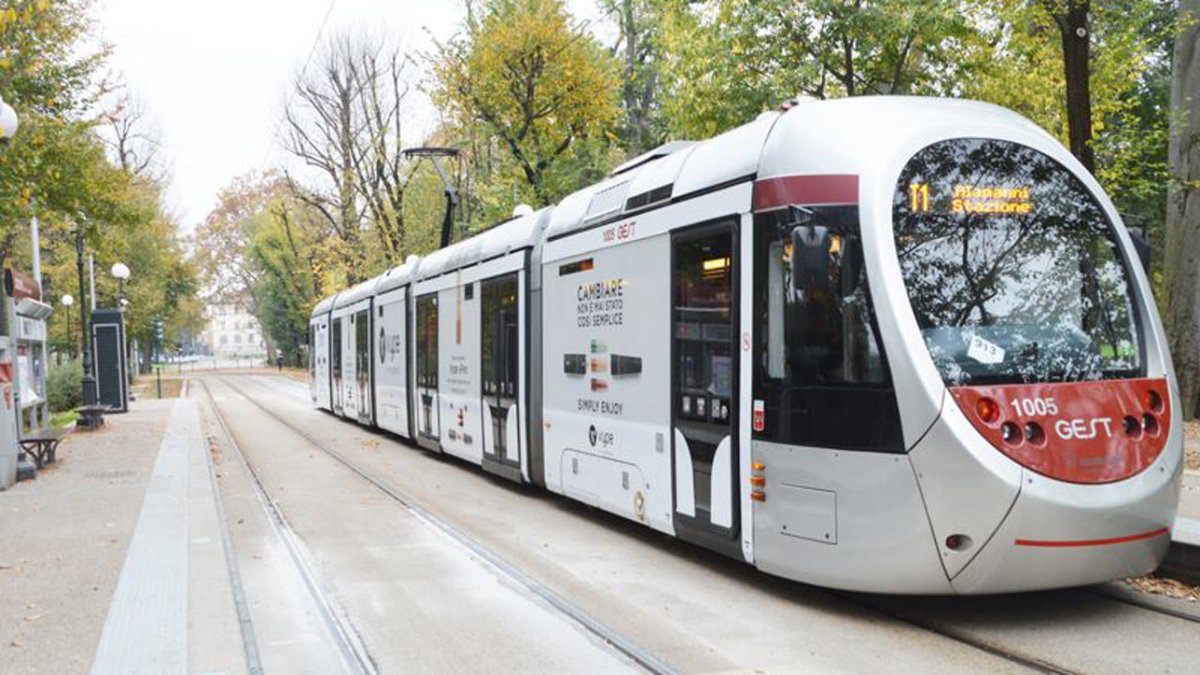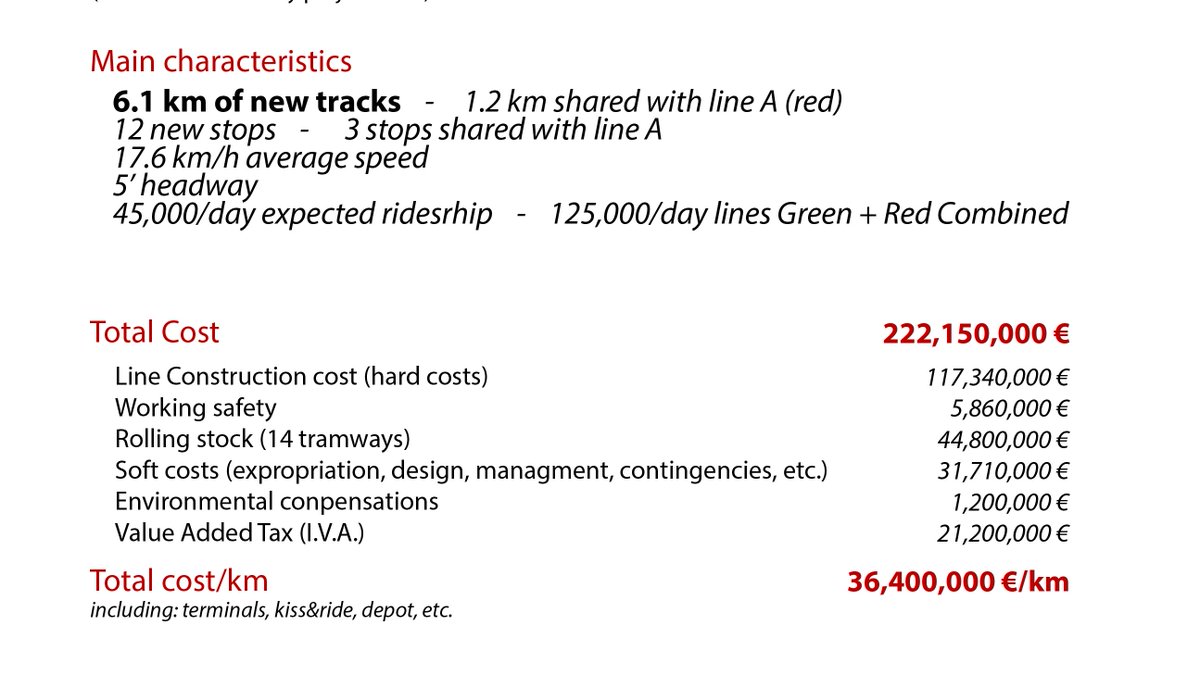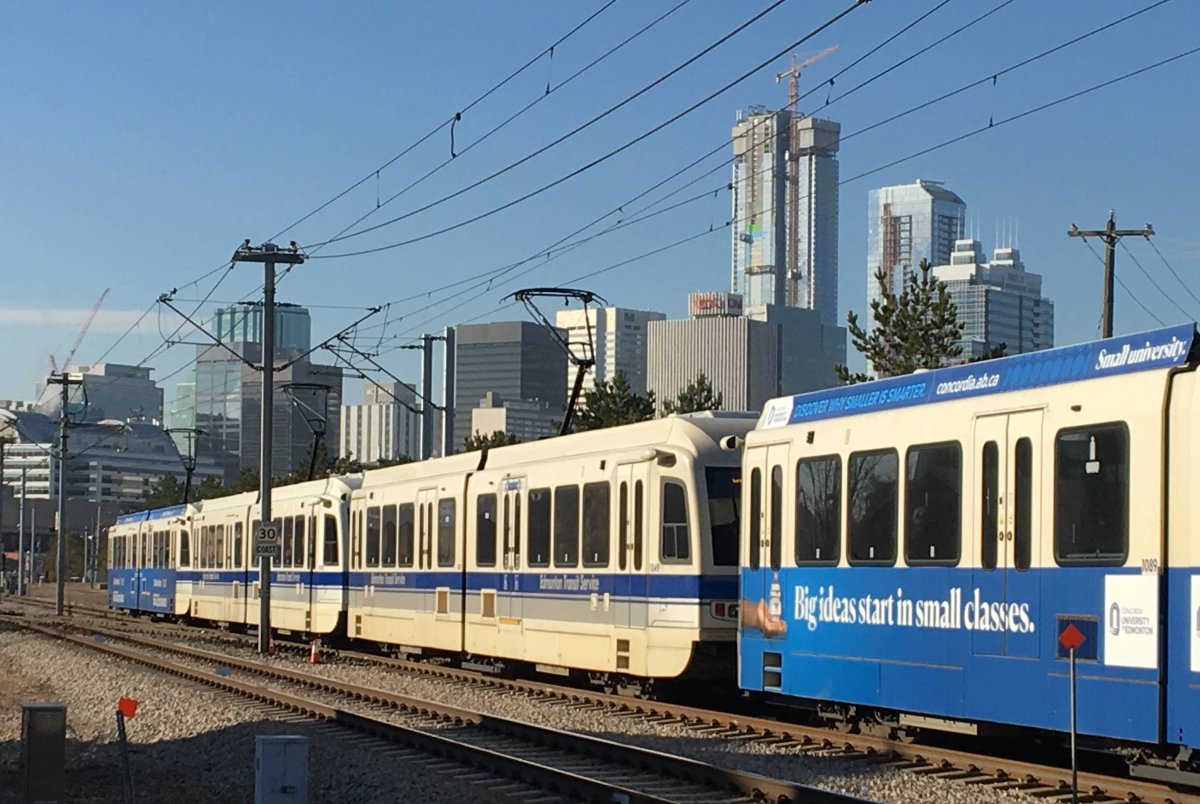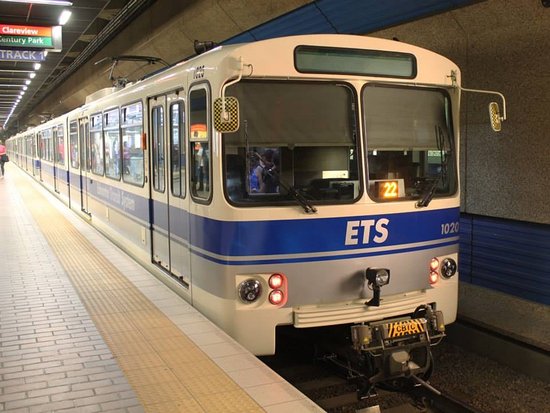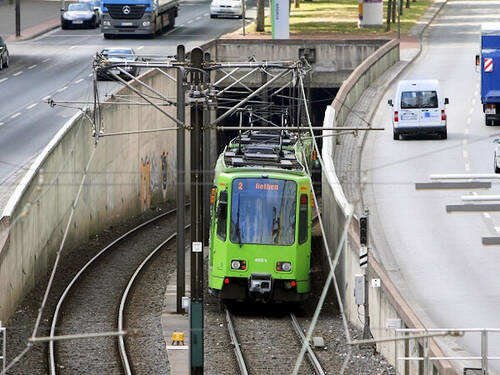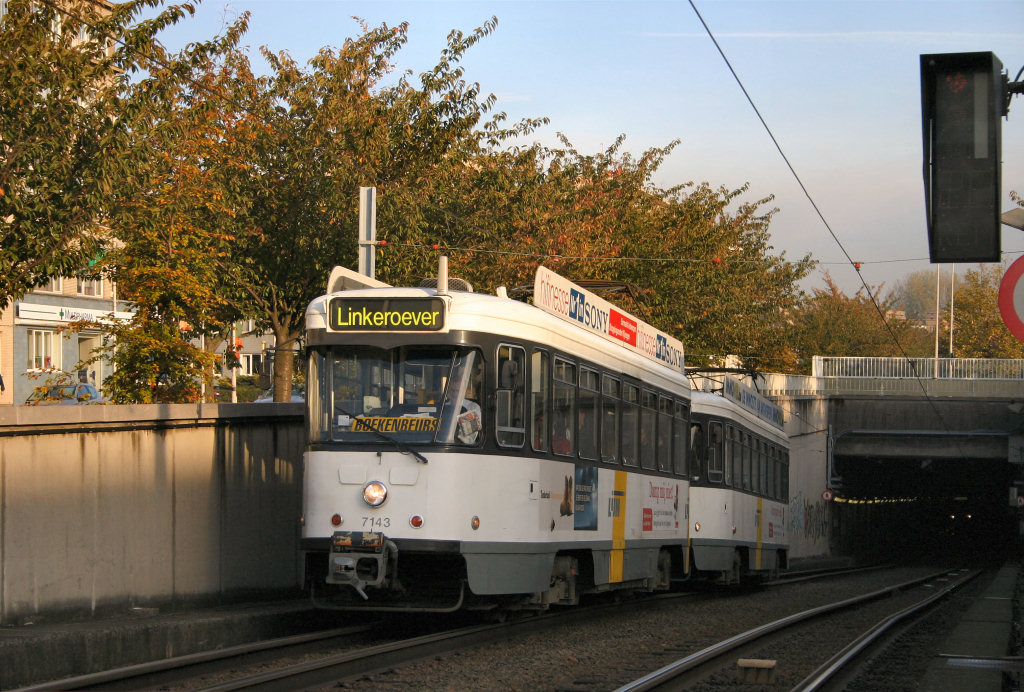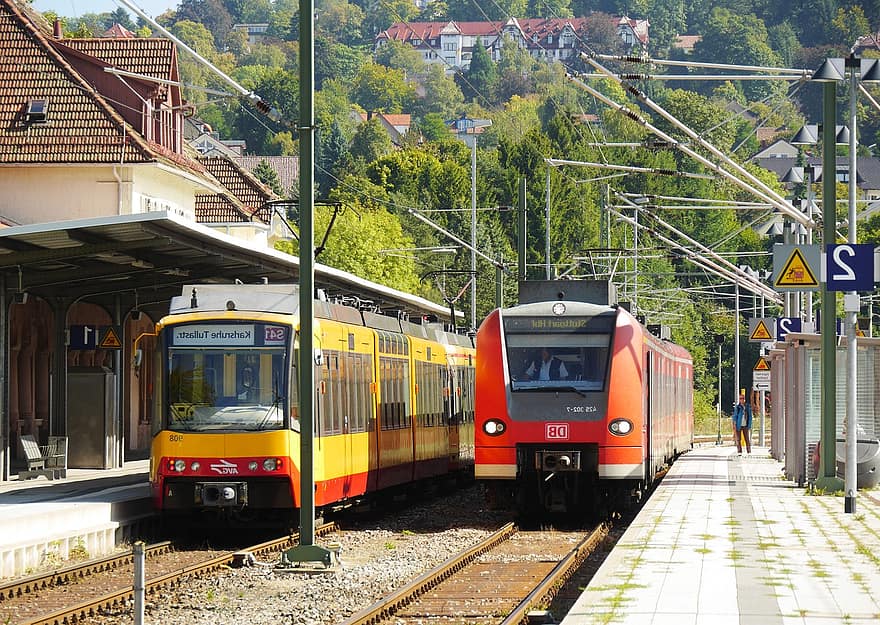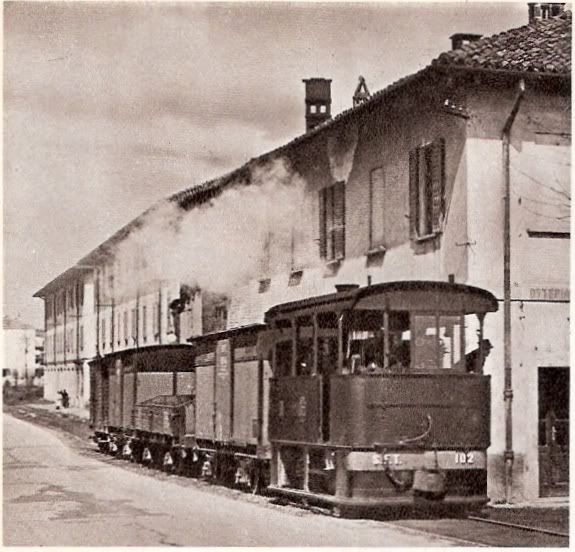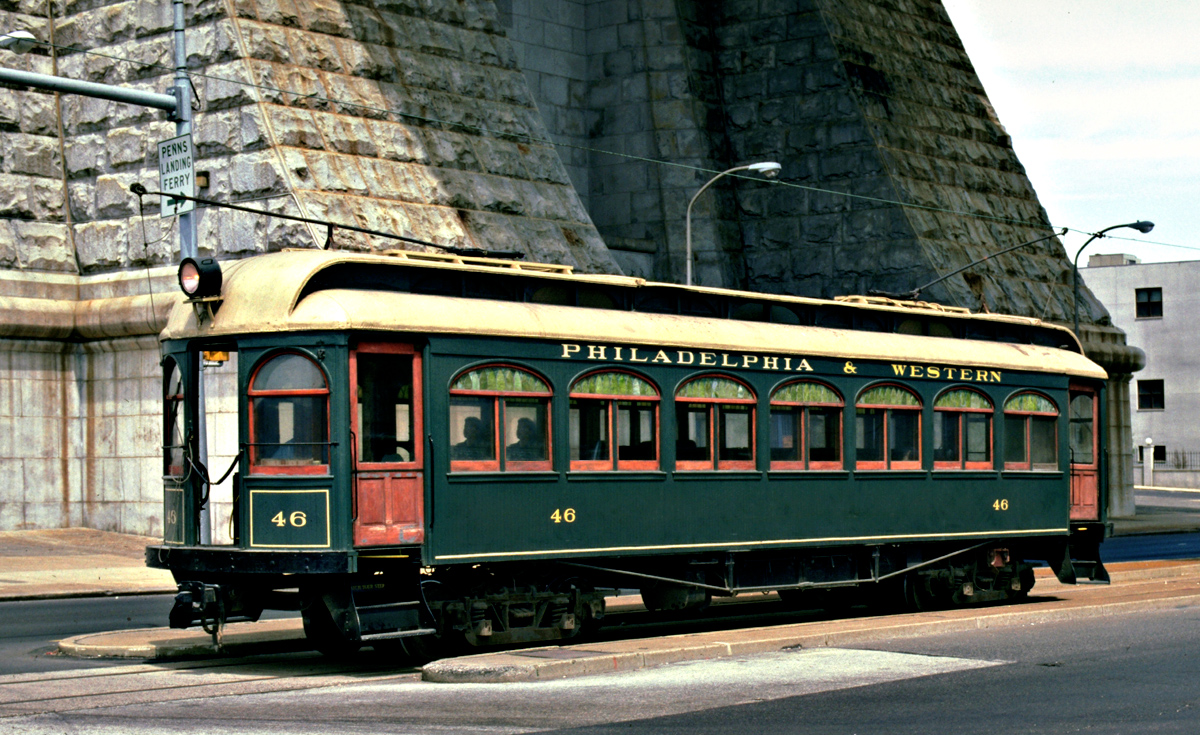
1/ The relationship between the city and the rail is one that has defined urban development. The station front is, definitely, where that relationship is at its finest.
A thread about the "Piazza della Stazione", a piece of urban fabric you rarely see in England or the US
A thread about the "Piazza della Stazione", a piece of urban fabric you rarely see in England or the US

2/ One might say: a station is a station everywhere, what else? It's a series of tracks with platforms, maybe a vaulted steel canopy and a main building with passenger facilities.
But how does that interact with the urban fabric it's built within? Not in the same way everywhere
But how does that interact with the urban fabric it's built within? Not in the same way everywhere
3/ Take London and its countless stations. They are nested within the urban fabric, bended and twisted to squeeze into a quite chaotically developed urban fabric. Many don't have a proper urban façade or a particularly defined public space in front of them. 







4/ Take NYC. Its two main stations relate with the city through a street front among others along and undifferentiated grid. Japanese stations are, interestingly, quite similar to British ones in their "organic" relationship with the surroundings. 





5/ If we move to continental Europe, and especially Italy, that changes dramatically. In Turin, Porta Nuova station is situated at the end of a long urban axis, via Roma, with a large square: that is a "Piazza della Stazione", designed together with the station in the 1850s 

6/ Even Genoa piazza Principe, slightly older, boasts a façade on one side of a small "piazza" at what was then the margin of the city, but situated at the end of a major urban thoroughfare, like it was a palace or a church, thus defining the node of un urban axis. 

7/ Venice, in its own particular way, does the same: the station, rebuilt in the 1930s, has a long façade defining a rectangular Piazza along the main venetian thoroughfare, the Canal Grande.
Why is that so different from Britain, Japan and the US?
Why is that so different from Britain, Japan and the US?

8/ The answer is probably in a very different urban culture and in a later development of the railway.
The railway entered the urban scene in Italy when the "urban design" culture was already shaped by several centuries of the renaissance and baroque tradition, from Sixtus V on
The railway entered the urban scene in Italy when the "urban design" culture was already shaped by several centuries of the renaissance and baroque tradition, from Sixtus V on

9/ The arrival of the the railway really "perturbated" the urban aesthetic of the time. People wanted at any cost keep it far away from sight (always out of the still existing city wall), while trying to blend this new oddity within the consolidated language of the Baroque city
10/ When the rail viaduct was built in Milan through the Lazzaretto, local newspapers printed comics decrying the violence of modernity upon the city's monuments, asking themselves rhetorically: will the engineers built a viaduct across our cherished Duomo, if we let them? 



11/ So, the Italian urban design culture tried to integrate the rail Station, an imposing, space-consuming but necessary facility, in continuity with the urban language of the Renaissance-Baroque-Beaux-Arts tradition, making it just like another palace or cathedral on a piazza. 

12/ Located most ot the time at the limit of the Old city (that is why many stations in Italy are called "Porta Something"), stations needed to be connected with the existing city's core, that has always retained its central role in Italians urban life.
13/ The very first city expansions and the related "sventramenti", the opening up of new thoroughfares "à la Haussmann" are in fact the first expressions of modern era planning in mid-19th century Italy. Corso Umberto I in Naples, via Nazionale in Rome are typical examples 



14/ Connecting and integrating this new feature of modernity within the reassuring language of "traditional" urban design made of streets, squares, boulevards, was a way for urban designers to tame the beast. Unsurprisingly, architecture of early stations is that of revivalism.
15/ That is not just a big city phenomenon. Every town, "paese", "borgo" that has seen the arrival of the steel & steam beast, has built its "piazza della stazione", often connected to the closest gate with a tree-lined boulevard. Like Imola, pictured below 

17/ That is even more evident in Thermal resorts, often designing within a unitary scheme the new station to welcome visitors, the Grand Hotel, the SPA. Salsomaggiore in the 1920s with its Art-Deco station and buildings connected by tree-lined boulevards, is a remarkable example. 



18/ With the advent of the automobile, many of those squares became large parking lots, chaotic bus stands and, finally, unappealing places to enter a city in a sea of roaring cars, as tramways were removed and pedestrian spaces constrained 

19/ After several decades of neglect, the piazza della stazione is fortunately back as a main component of a more humane public domain. Countless of projects are redesigning and re-appropriating what is now described as a modern "city gate". Like Naples, Rimini, Padova below 







20/ If you have visited Italy, you have probably passed many times through a piazza della stazione, as the first place you see when arriving. It's the connector between the "world outside" and the city's core.
They are now part of the very urban identity of any Italian city
They are now part of the very urban identity of any Italian city
• • •
Missing some Tweet in this thread? You can try to
force a refresh

